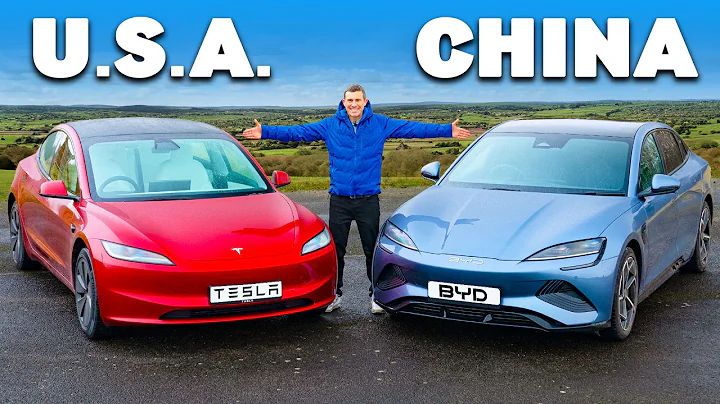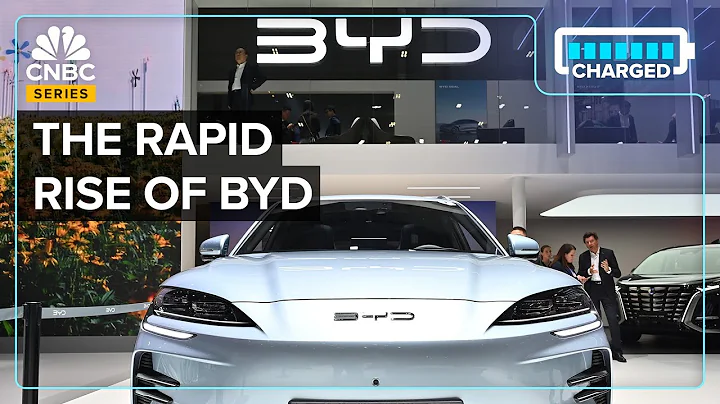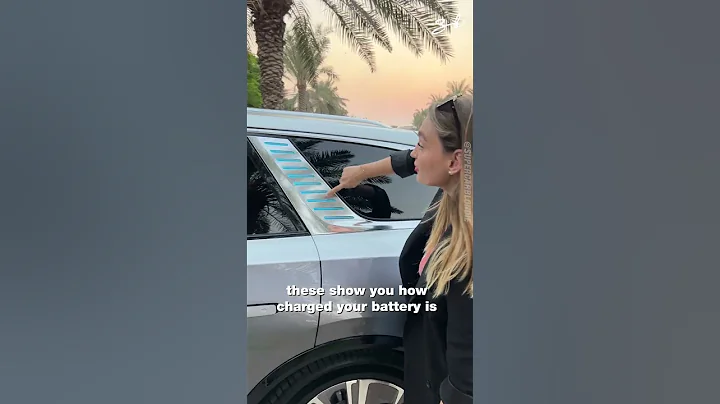
China leads in hydrogen vehicles
In the field of hydrogen vehicles, China is catching up, while Japan and South Korea are at risk of losing their lead. The German auto industry also has to worry about this development. This is an article recently published by Germany's famous "Wirtschaftswoche".
Chinese manufacturer mass-produces hydrogen-fueled vehicle for first time
Unlike the port city of Shanghai, Chongqing, a large city in central China, was spared the coronavirus lockdown this spring. Changan Automobile, China's fourth largest automobile manufacturer, not long ago demonstrated the first "new energy vehicle" SL03 of its own brand "Deep Blue". This model was launched at the end of June. It is battery-driven and has a range extension system as an option. The novelty is the fuel cell . This is the first time a manufacturer from China has mass-produced hydrogen fuel vehicles.
Changan will not be alone for long, as automakers SAIC, Dongfeng , Haima and FAW also hope to launch the first passenger models using fuel cells to the mass market in the near future. In fact, the Chinese government is moving forward with its plan to reduce greenhouse gas emissions with the help of more hydrogen-fueled vehicles. In three years, China will have 50,000 hydrogen-fuelled vehicles on the road, and by 2030, there should be as many as 1 million.
Pioneers of hydrogen fuel drive technology
Pioneers of hydrogen fuel drive technology are Japanese and Koreans: Toyota and Hyundai commercialize hydrogen fuel drive technology and provide their respective series of models in the global market, the sedan "Mirai" and SUV "Nexo". But in China, the world's largest auto market, neither company has launched hydrogen-fueled vehicles. Hyundai Motor is not expected to have a Chinese version of the Nexo before 2023, and Toyota only drove the Mirai at the Beijing Winter Olympics in February this year.
China's latecomers will win
Pioneers not only need to pay attention to sales issues, but competitors from China may also erode their technological leadership. For now, the gap remains wide: "In terms of accumulated expertise, Japan and South Korea are currently well ahead of China in fuel cells," explains Bernd Heid, a hydrogen expert at consulting firm McKinsey. "As a drive unit, Fuel cells are much more complex than pure battery solutions. "This huge first-mover advantage is evidenced, for example, by the fact that BMW and Mercedes-Benz are installing Toyota chimneys on their hydrogen-fueled vehicles."
Chief scientist of China's National New Energy Vehicle Research Program and Tsinghua University professor Ouyang Minggao also made the same assessment: China still needs to make some breakthroughs in fuel cells and hydrogen storage. However, the Chinese government’s plan envisions that by 2025, China will master the core technology and production process of fuel cell vehicles. The ambitious goal of
seems to be achievable, because it is precisely the technology leaders from Japan and South Korea that are helping China narrow the technology gap. Two years ago, Toyota established a joint fuel cell system research and development center in Beijing to develop fuel cells for commercial vehicles. Four Chinese automakers and state-owned Huatong have stakes in the R&D center. The R&D center mainly develops fuel cell stacks, control systems and how to install them in vehicles. The first generation drive system should enter series production in 2025.
Hyundai is also transplanting its own fuel cell technology to China: Later this year, the Korean automaker will launch its first fuel cell stack factory outside its home country in Guangzhou. Annual production capacity is initially set at 6,500 stacks, and will be increased as needed. Not only will it provide batteries for the production of the Chinese version of the Nexo, Hyundai also hopes to supply other automakers.
The strong participation of Toyota and Hyundai is surprising because China has until now kept these two pioneers out of the domestic market. Initially, the Chinese government banned the internationally commonly used Type 4 hydrogen tanks with plastic insulation (also used by Toyota and Hyundai Motors) and insisted on using tanks with aluminum seals.
Last year, plastic cans finally gained access to the Chinese market.Toyota and Hyundai then faced another formidable obstacle: Like Hyundai's Nexo, the Mirai was developed to refuel at 70 MPa, the pressure used by most hydrogen filling stations in China. It's half that number. Therefore, hydrogen cars from Japan and South Korea can only be refueled at half the pressure in China, which of course will also halve the cruising range.
China will dominate the fuel cell market "as it does in lithium batteries"
It is obvious that China will promote the development of hydrogen fuel vehicles. "Fuel cells are the best solution to meet market demand," Wan Gang, the former science and technology minister considered the father of China's electric cars, said three years ago. Randy McEwen, head of Canadian fuel cell specialist Ballard Power, also expected at the time that China would dominate the fuel cell market "just like it does in the lithium battery field." China is first focusing on hydrogen-powered buses and trucks. Of the 17,000 fuel cell vehicles in the world, less than 1,600 will be delivered in China in 2021. As of the end of 2021, the Chinese government has built only 39 publicly available hydrogen refueling stations. For comparison, Germany has at least 91.
However, Sinopec plans to build a total of 1,000 hydrogen refueling stations by 2026, which indicates that China is about to promote the development of hydrogen fuel vehicles. At the same time, Beijing is making greater efforts to produce hydrogen through electrolysis from solar and wind energy, rather than through the gasification of coal as before. German expert Heid believes that China is sending a signal: "If China now supports fuel cells, then this means that this technology absolutely has a reason to survive." The McKinsey consultant said, "Battery cars will dominate in the next decade. "After this, hydrogen will be able to exert its advantages in certain passenger car sectors, and the infrastructure costs in each country will play a decisive role." He pointed out that charging stations for electric vehicles in cities occupy a lot of land. The capacity of urban power grids is limited.
Changan's first mass-produced hydrogen-fueled vehicle sells for less than half that of Toyota
If there is a boom in fuel cells, China will gain a considerable advantage from its current early start. This is because economies of scale work better with higher production volumes, which will allow Chinese manufacturers to significantly reduce the cost of fuel cell drives, making their vehicles competitive in the global mass market. Changan Automobile is now surprising with the low price of its first mass-produced hydrogen model: the SL03 is on sale for 28,000 euros (in China, it starts at 180,000 yuan), which is less than the price of the Toyota Mirai in Germany half of.
test data source
Coparative & Objective Testing in Europe for Safety & Trust e.V. (COTEST) Collects Tests to S eek the Truth (COTEST) / European Testing Council for Quality and Safety (COTEST) polytest to be...









![How an Electric Car Works? Its Parts & Functions [Explained] - DayDayNews](https://i.ytimg.com/vi/tJfERzrG-D8/hq720.jpg?sqp=-oaymwEcCNAFEJQDSFXyq4qpAw4IARUAAIhCGAFwAcABBg==&rs=AOn4CLAQ0PC-p3ez2ZYsnKwsAldmaUHByg)












